Nan Goldin Goes Supreme
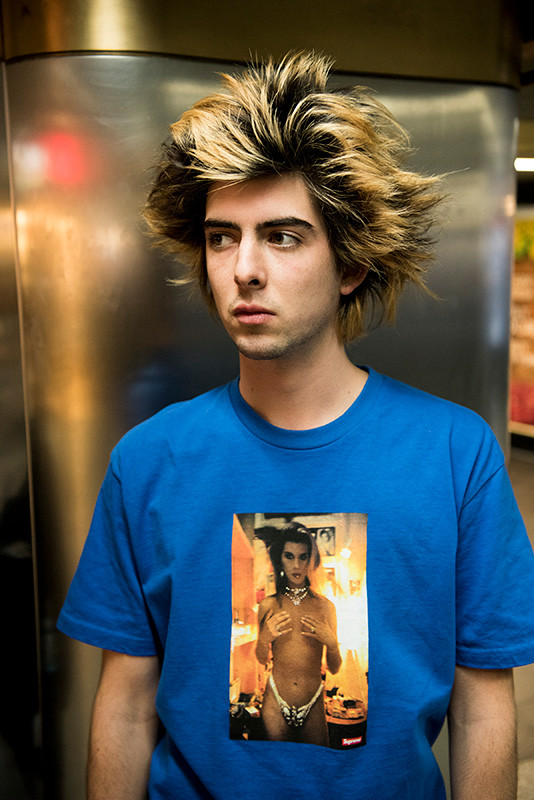
Check it out now, and then go buy your camping supplies before it drops on Thursday March 29th.
Images courtesy of Supreme
Stay informed on our latest news!

Check it out now, and then go buy your camping supplies before it drops on Thursday March 29th.
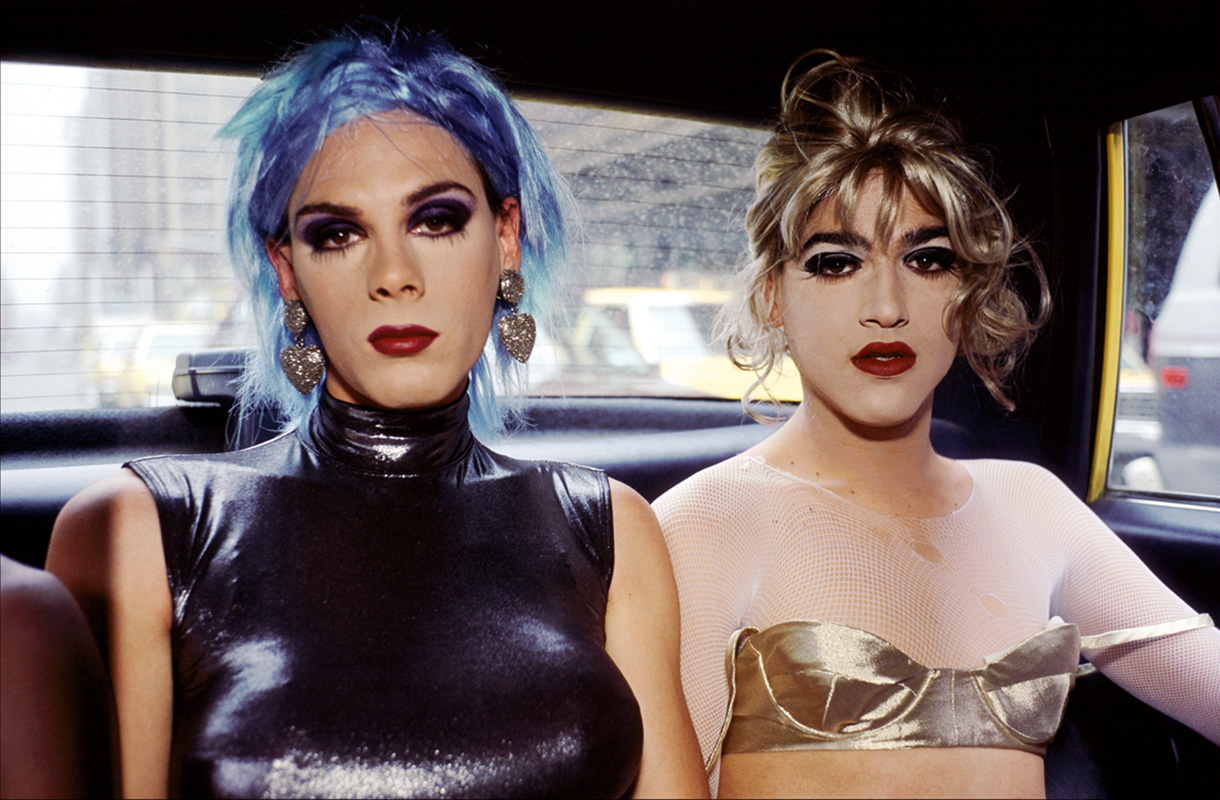
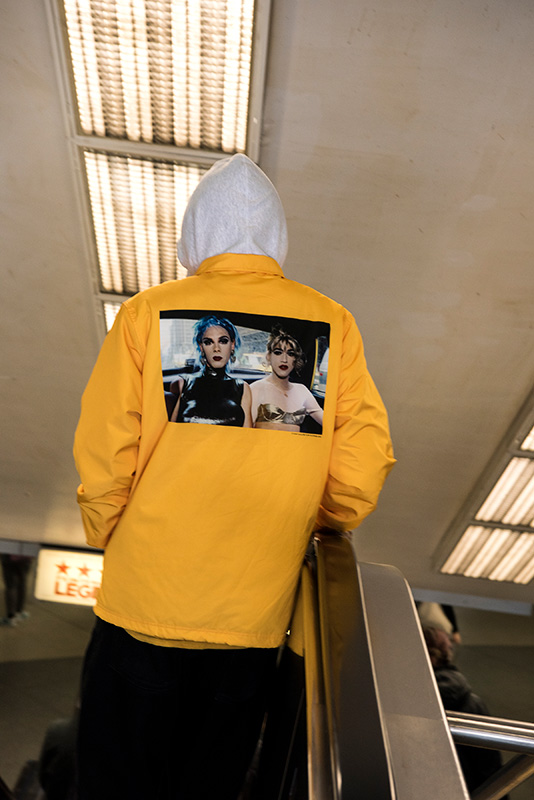

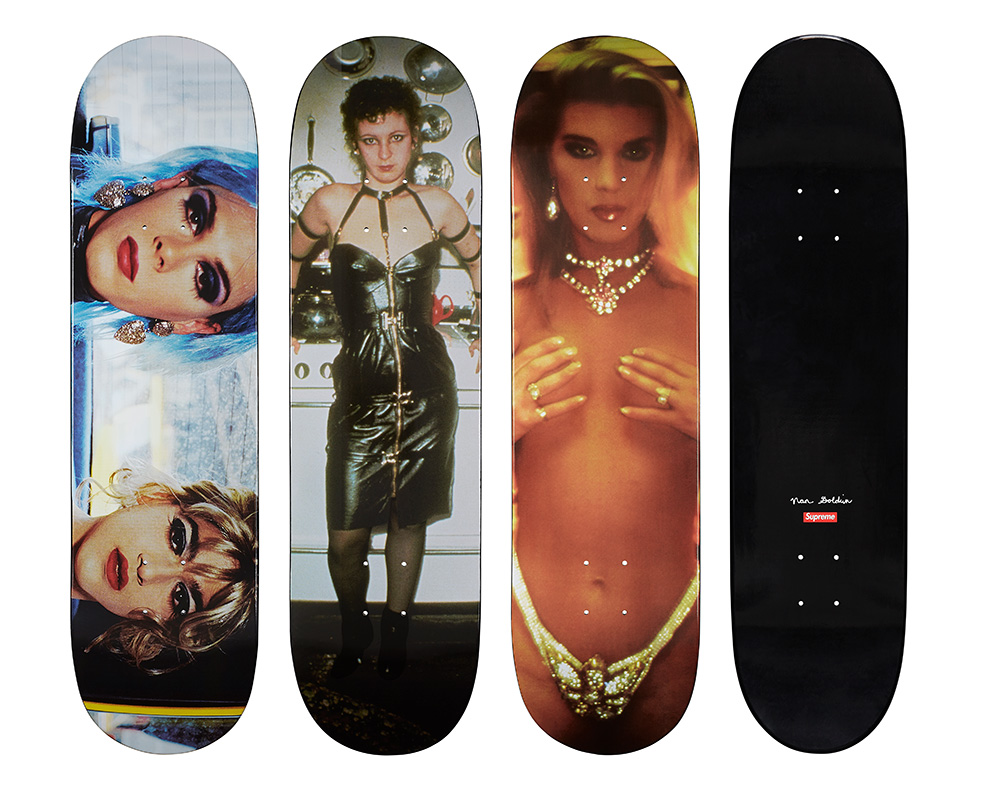
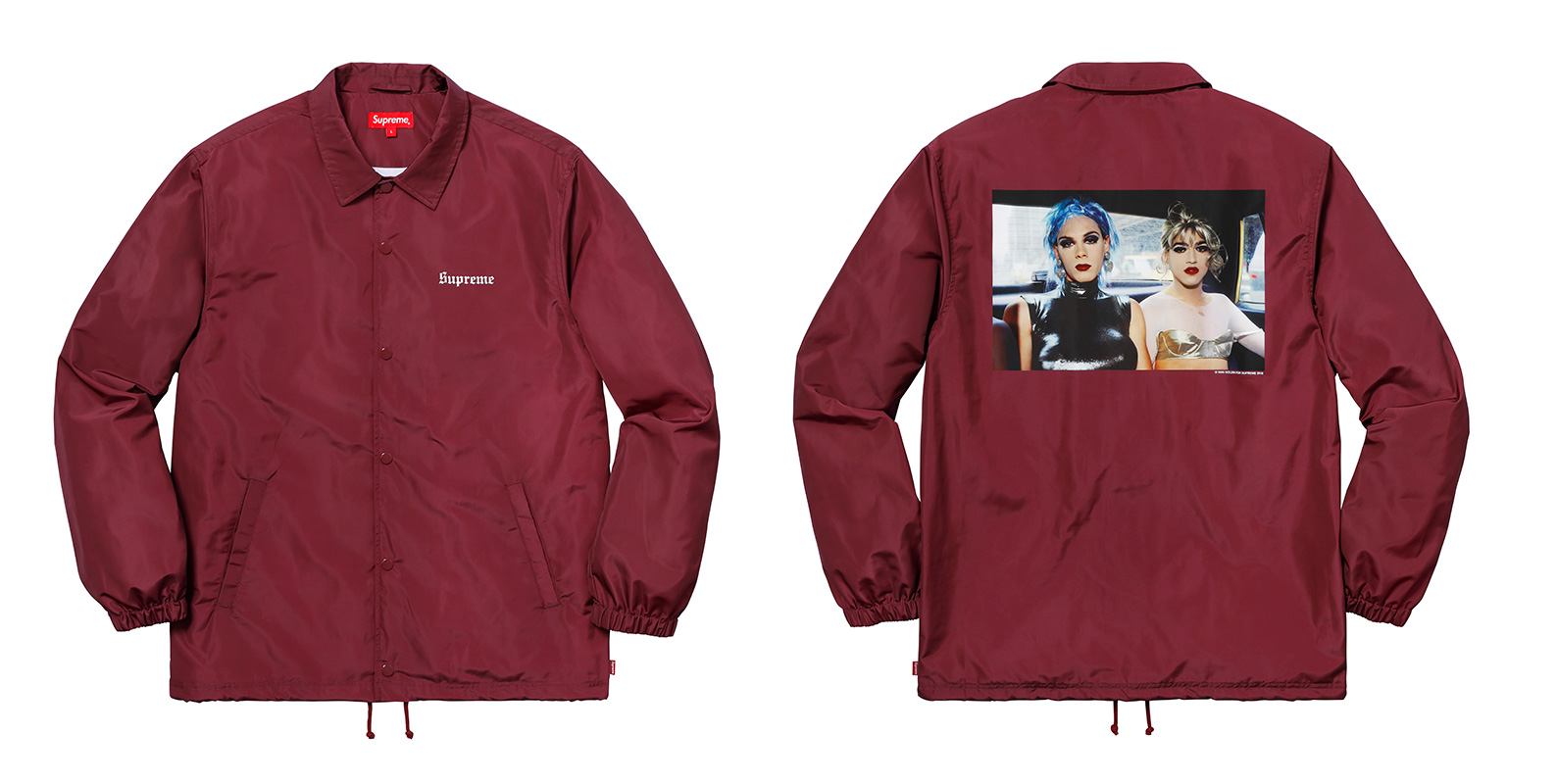
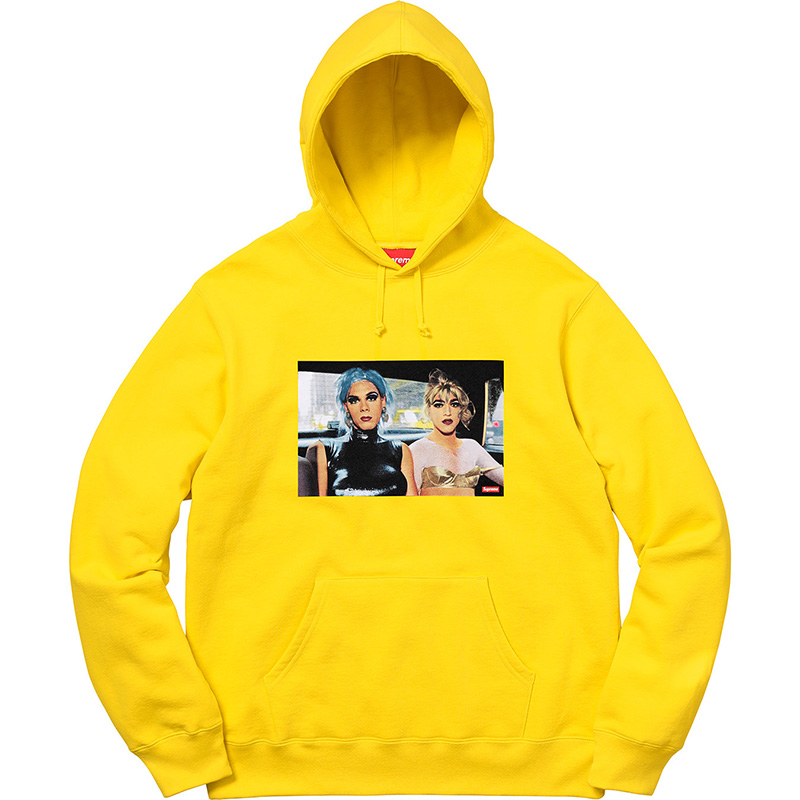

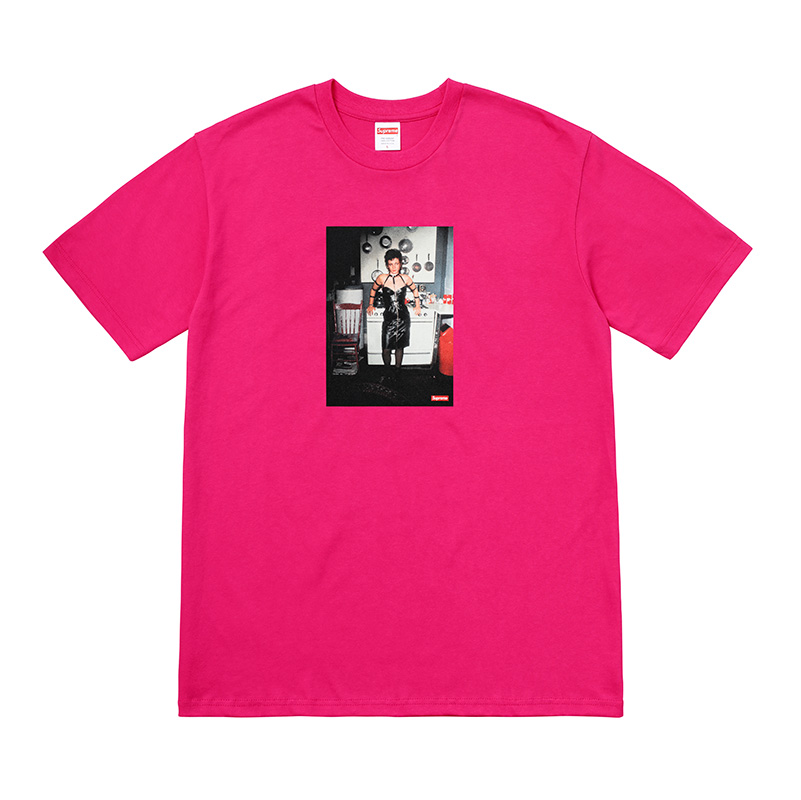
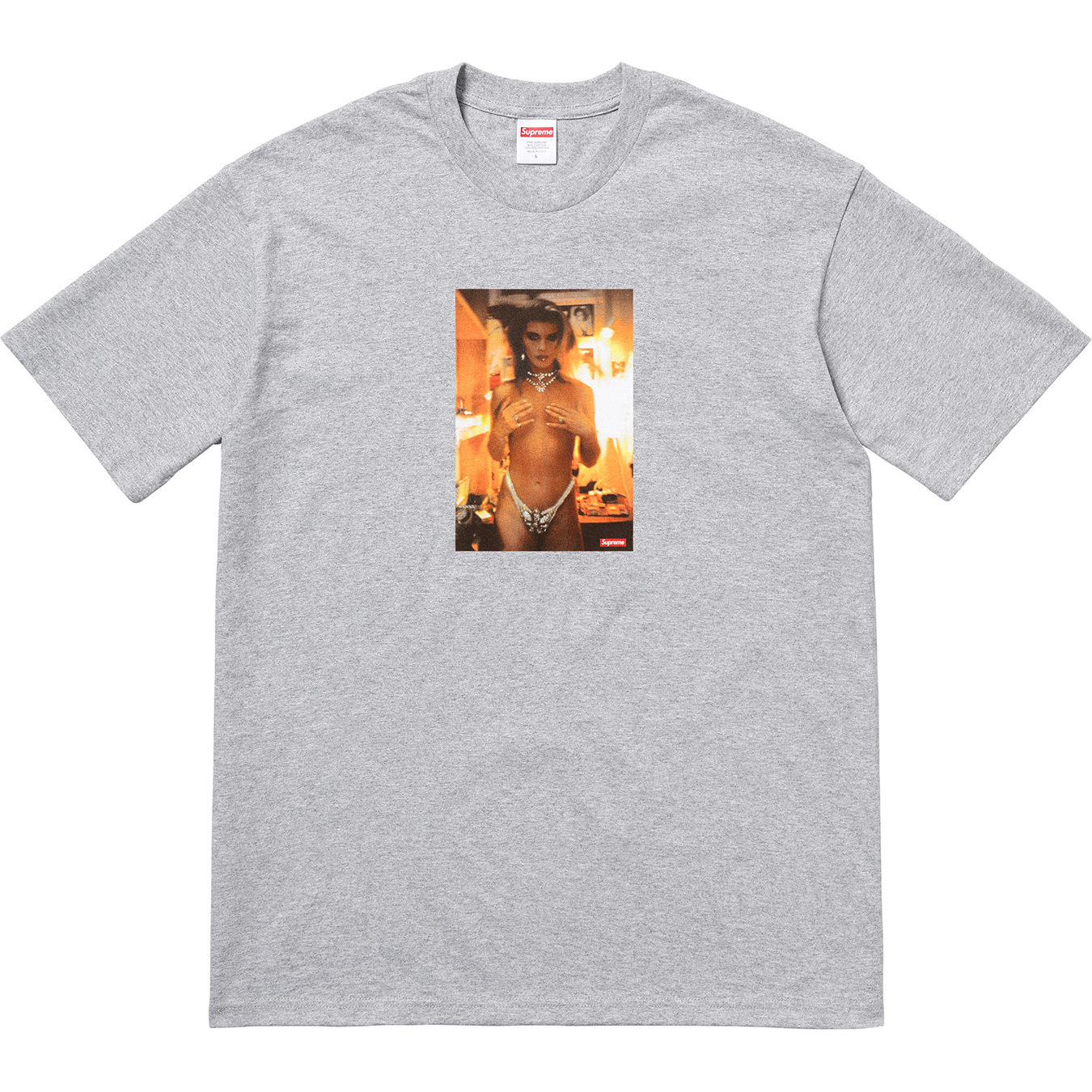
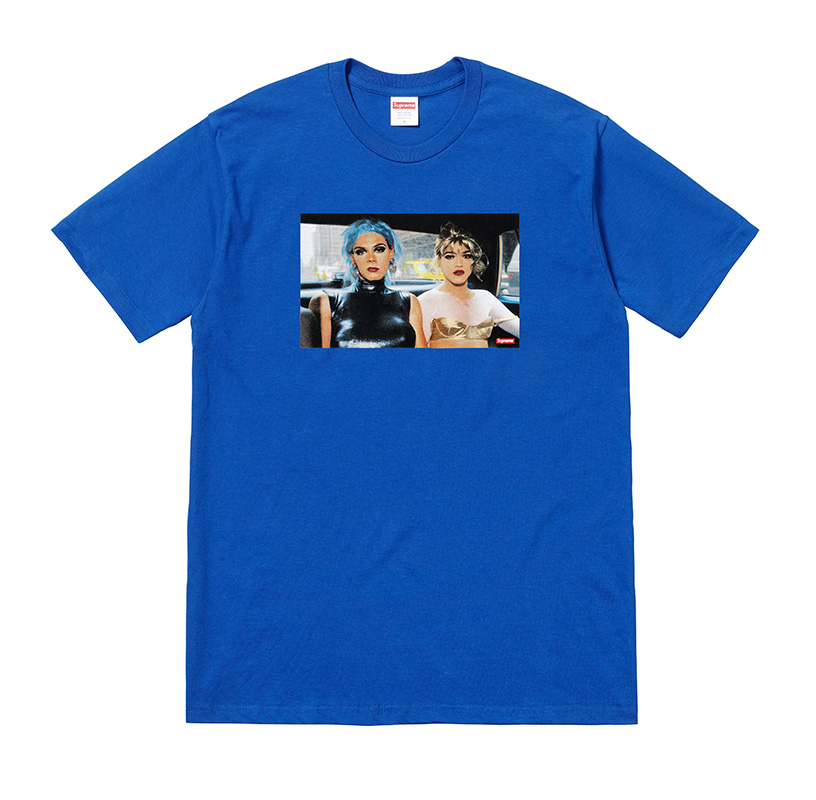
Images courtesy of Supreme
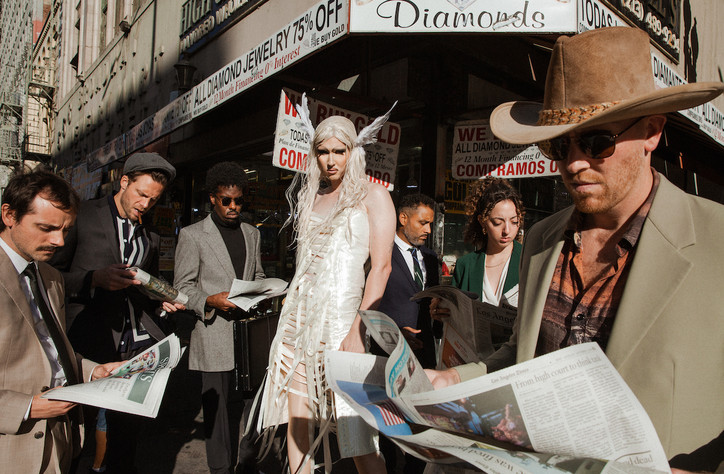
The new photo series, created by LA photographer Joelle Grace Taylor and stylist Hayley Francise, uses fantasy characters placed in familiar scenes to capture the feeling of “not fitting in.” Each of the photos, though slightly eerie and also a little weird, is playful and wilder than the last – like the best of dreams.
office chatted with Joelle and Hayley about the series (which can now be seen on the streets of LA), easter eggs and how horses can't stay still.
Have either of you had a dream like this before?
Hayley Francise– Basically, no. But I think within the dream, the idea is that everyone feels like an outsider, and I’ve definitely been in a room where I feel like I’m not really being paid attention to, and it’s like, ‘Am I really here? Am I dreaming?’ And I think that’s where the dream kind of comes in.
Joelle Grace Taylor– Not exactly. But creating a main character out of the person that’s out-of-place and being surrounded by mundanity when you’re this magical being but you’re still being totally ignored--that’s kind of our little synopsis.
How’d the series come about? How did you two come together?
HF– I was watching Can’t Hardly Wait, and in the movie there’s this surreal scene where the guy leaves the party and this woman comes up to him dressed like an angel, but she’s really a stripper, and it’s very dreamlike. My boyfriend and I were watching it, and I was like, ‘I’m gonna do something like that.’ So I took that idea and expanded on it, and then I took it to Joelle, and we just kind of sat down for, like, three hours, I think, creating a roadmap of what it was all gonna be.”
JT– We’ve worked together before. We’re both from the south, and we had a random mutual friend who was like, “You guys should meet each other.” We actually ended up meeting on a set one day, and we just ended up becoming friends. Both of us have kind of always been in a space of being forced to (and also wanting to) make things ourselves. So it was like, “Cool, let’s do something together.”
You both mentioned earlier that you really focused on the relationship between each character and their scene. What was the styling behind the characters like, and how did the process of scene-matching them work?
HF– Something had to be out-of-place, whether it be the main character, the locations, or the extras. The first one, the angel on a busy street, she’s the out-of-character person. With the cowboy, he’s obviously on a ranch, but there’s, like, biker babes fighting all around. So we just had one element of fantasy, and I think that’s just how we went along with it. Then the dominatrix [in] the kitchen––I think there’s a big power dynamic in how kitchens run. And, of course, dominatrices, obviously, so there’s like power in it all.
JT– It’s just that feeling of, like, “Why was that person there?” It’s that feeling of eeriness and how you know something isn’t real and is taking you out of that grounded space. Like in the ranch, it’s very grounded, and then you’re seeing all these elements and you’re like, “Is that a football player?”
HF– In every scene except for the angel, there’s easter eggs that allude to the next main character. In the ranch, there’s two football players in the back, and then the next main characters are football players, but they’re on a movie set and it’s raining. There’s all types of things to be seen.
JT– A lot of people are trickling throughout, so it’s almost like how they are in your life and how they enter your dreams in different ways, and you’re like, ‘Why was this girl from high school living in an underwater cave with me?’
By the way, why are they fighting on the ranch?
HF– I don’t know; I just wanted a fight. What’s better than hot girls in leather bikinis fighting each other?
JT– With the cowboy and the horse, it’s such a stoic, regal masculine thing. So, getting these gorgeous girls and having them, just, going at each other while[the cowboy and horse] are still very stoic––that’s creating chaos in the piece. That was the hardest scene to shoot. Horses move, a lot—they don’t stay still. You see a horse and you’re, like, ‘Oh, there’s that horse, just, like, standing there.” They don’t do that unless they’re asleep.
In the end, the fantasy characters and the everyday people come together to look at the viewer. What’s this ending mean? Is the viewer awake now?
HF– Actually, I’ve never thought of it as the viewer being awake, but that’s so cool. Basically, the viewer is now the main character, and the next scene is all about you. We were just like, ‘Oh yeah, that person is now finally being seen. You’re finally being noticed.’
JT– I love that, too. Or that moment when you’re in that in-between where you’re waking up, when things from the outside–like noises or sounds–are starting to incorporate into your dream, and then you’re awake. And yeah, like, the divas, who should be the ones being looked at, they’re staring at you instead.
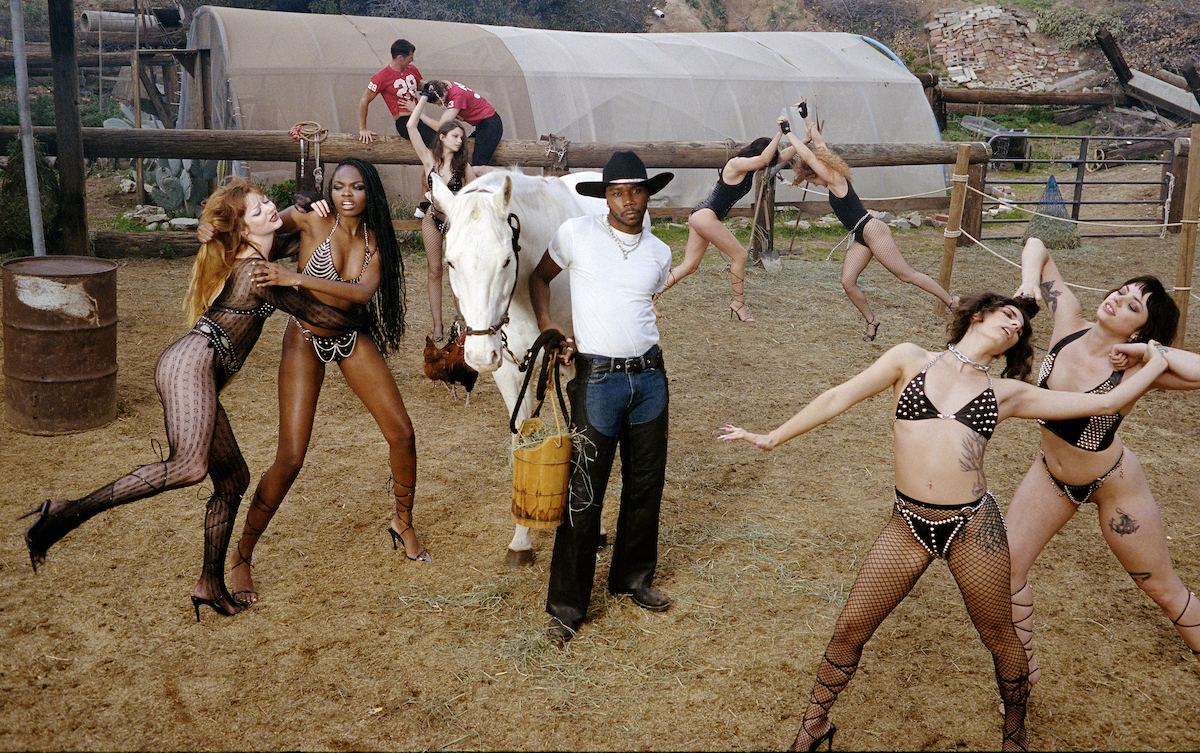
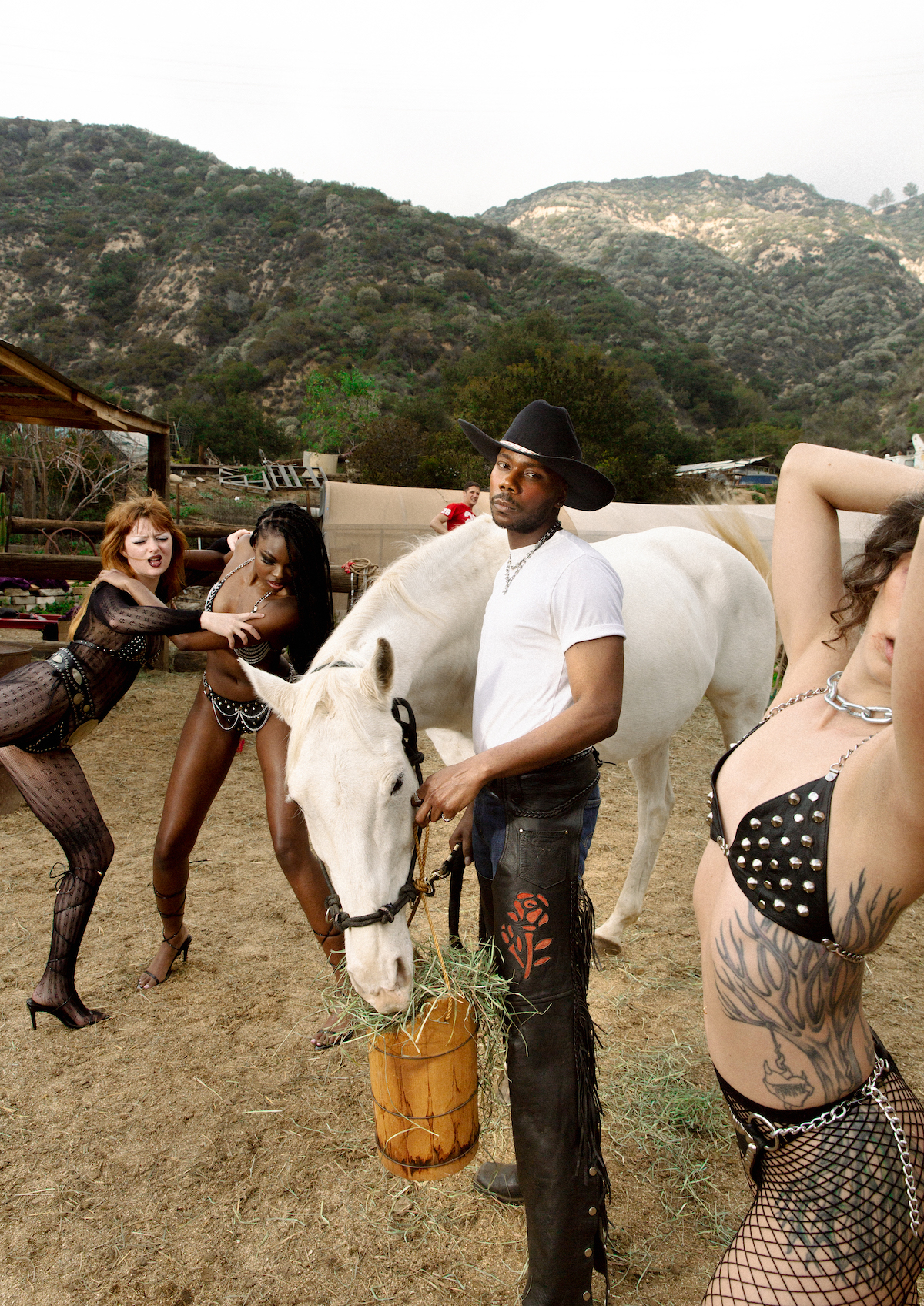
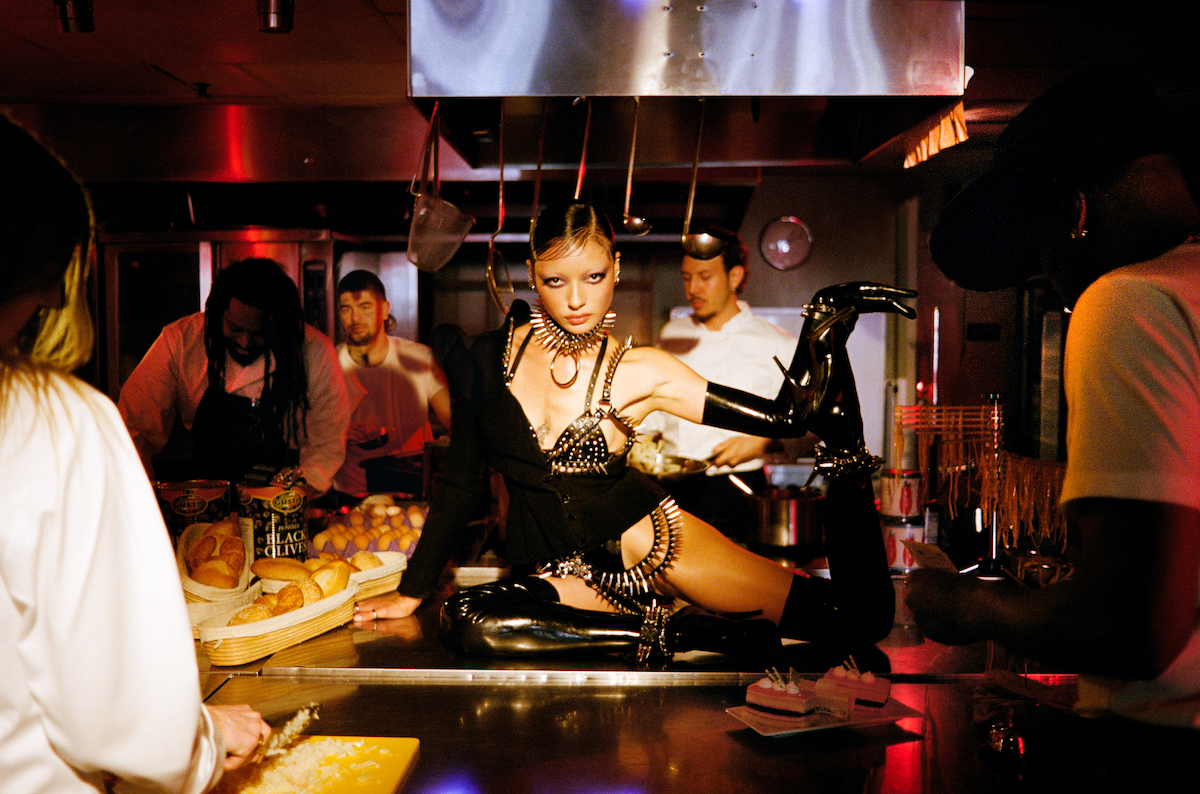
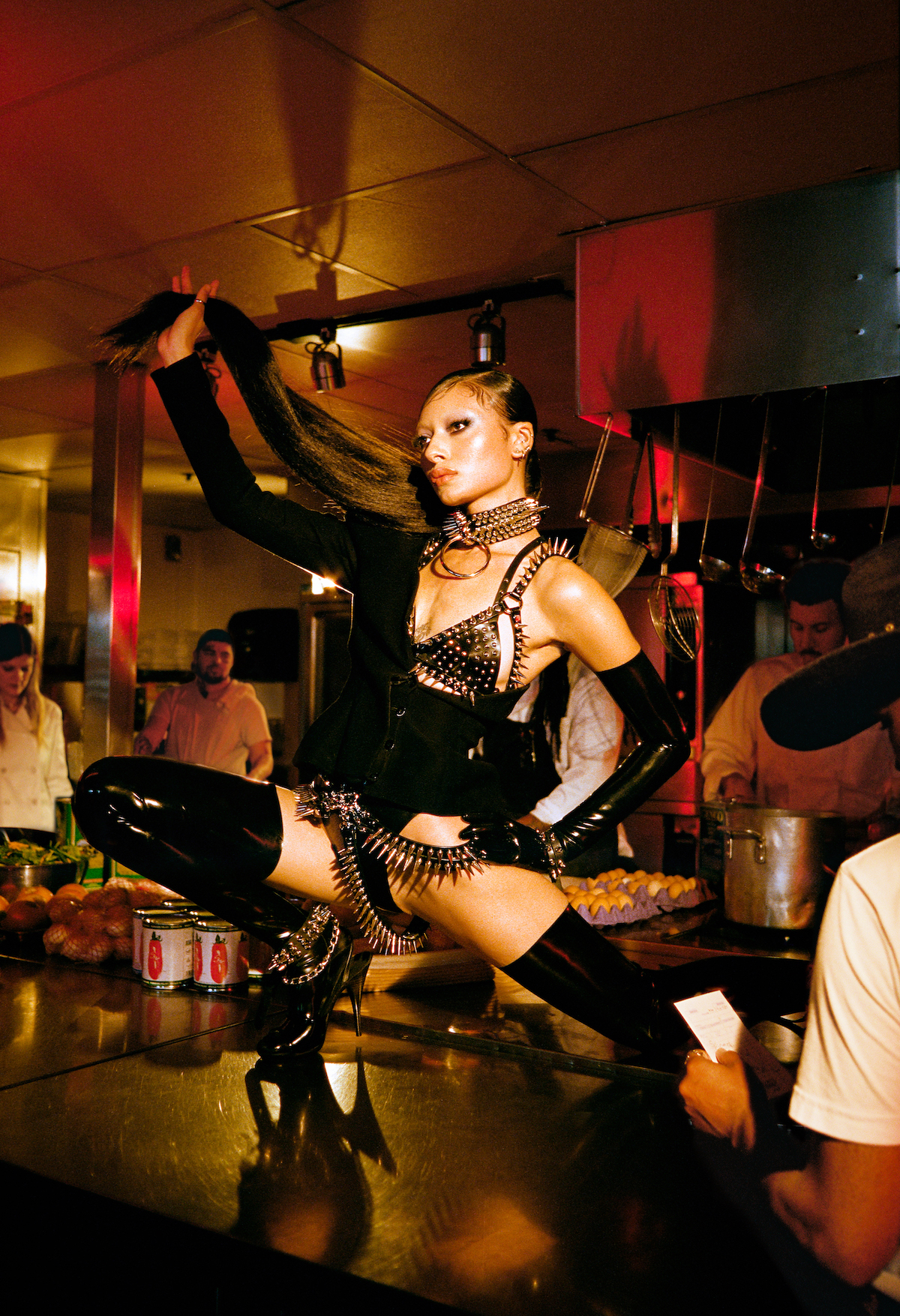
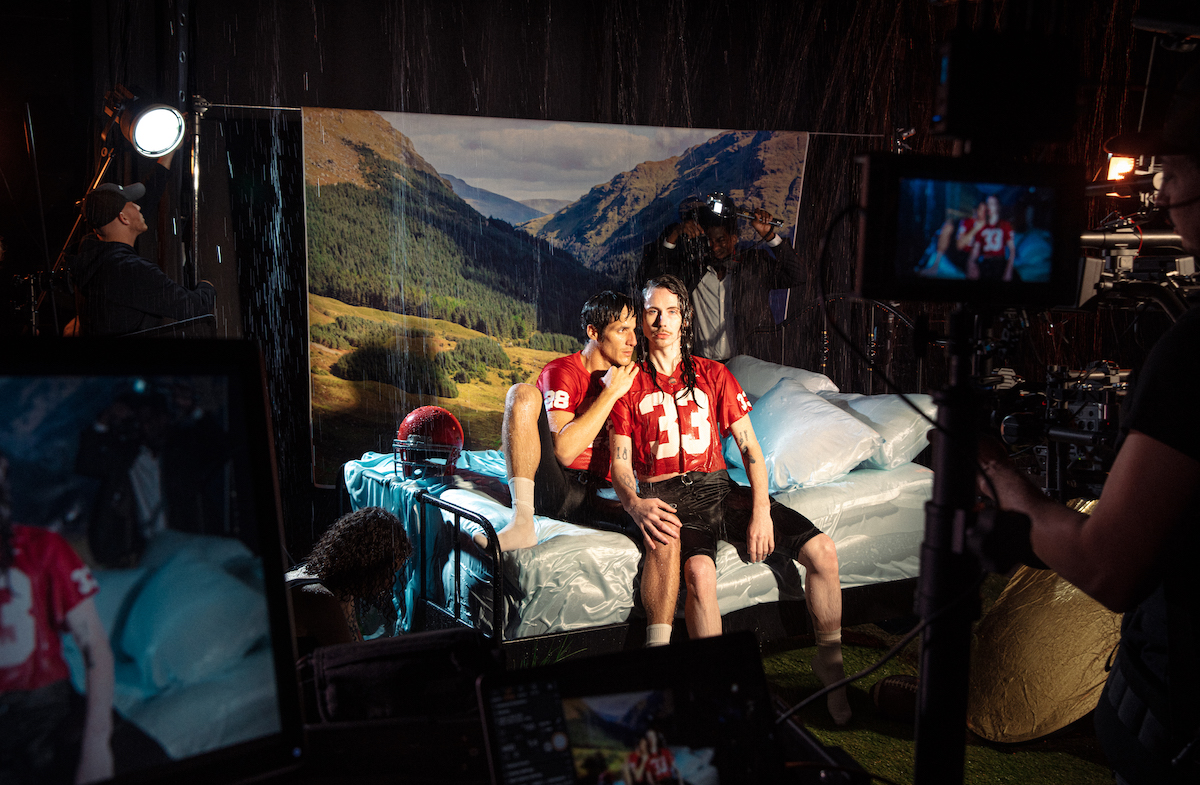
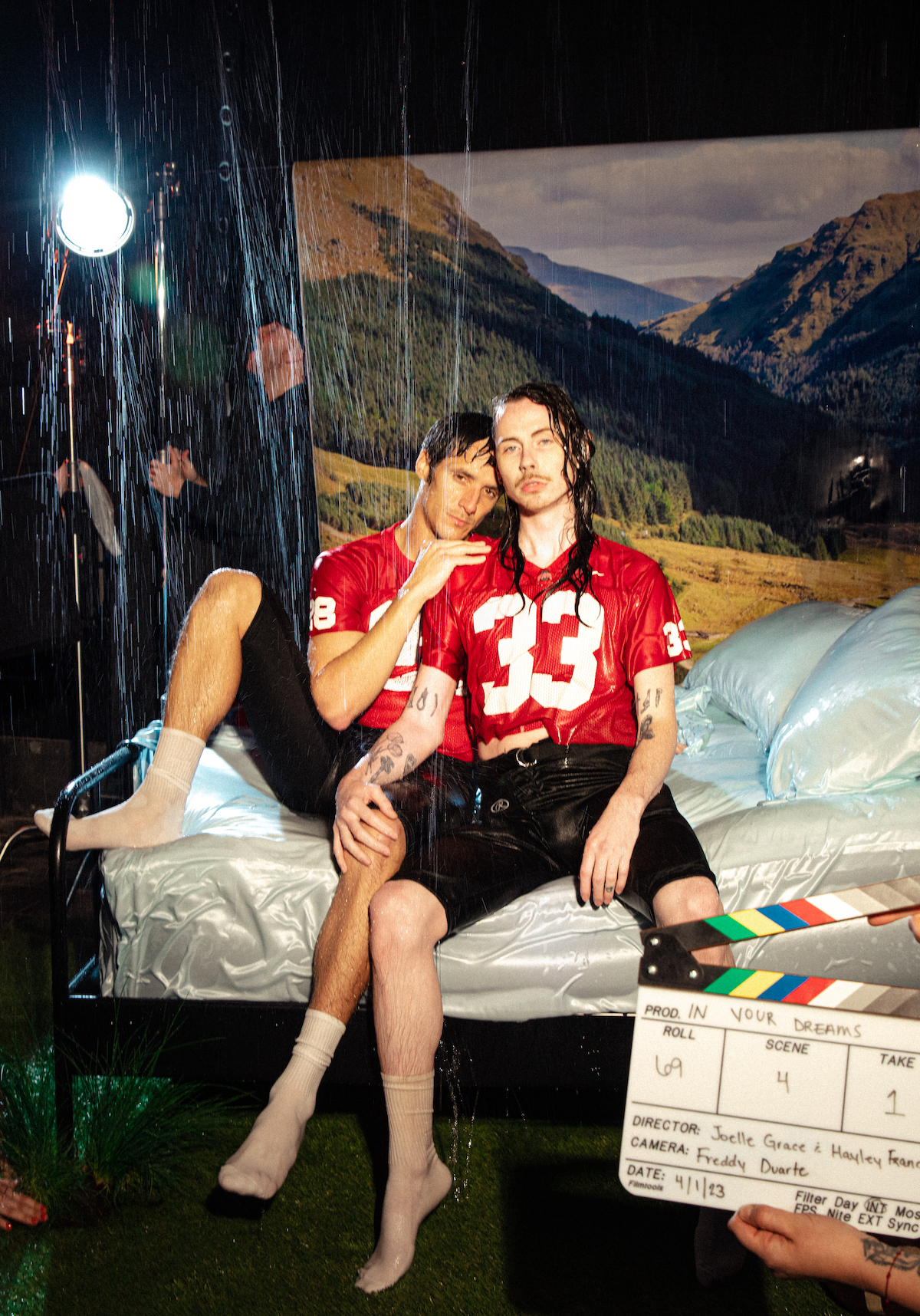
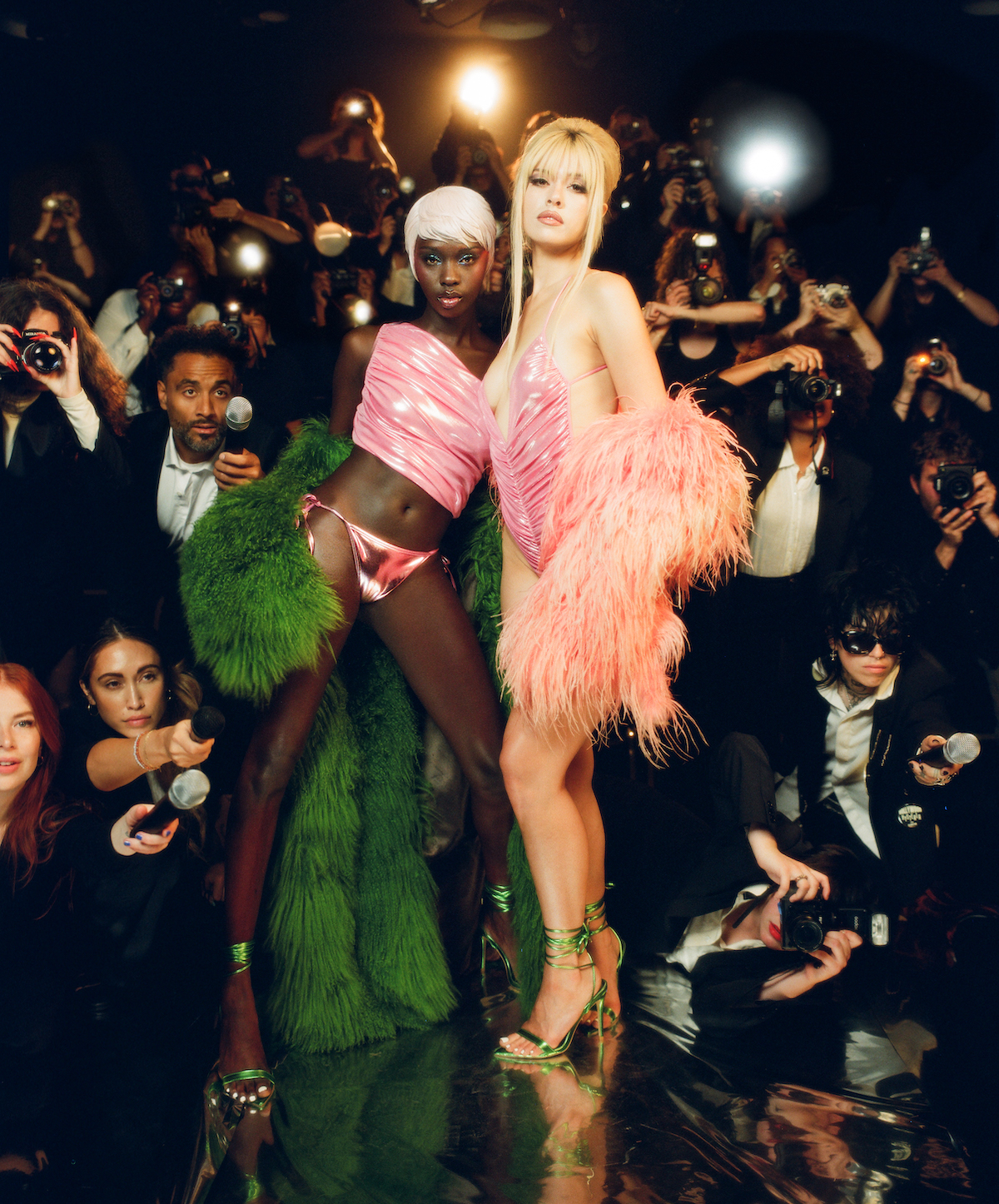
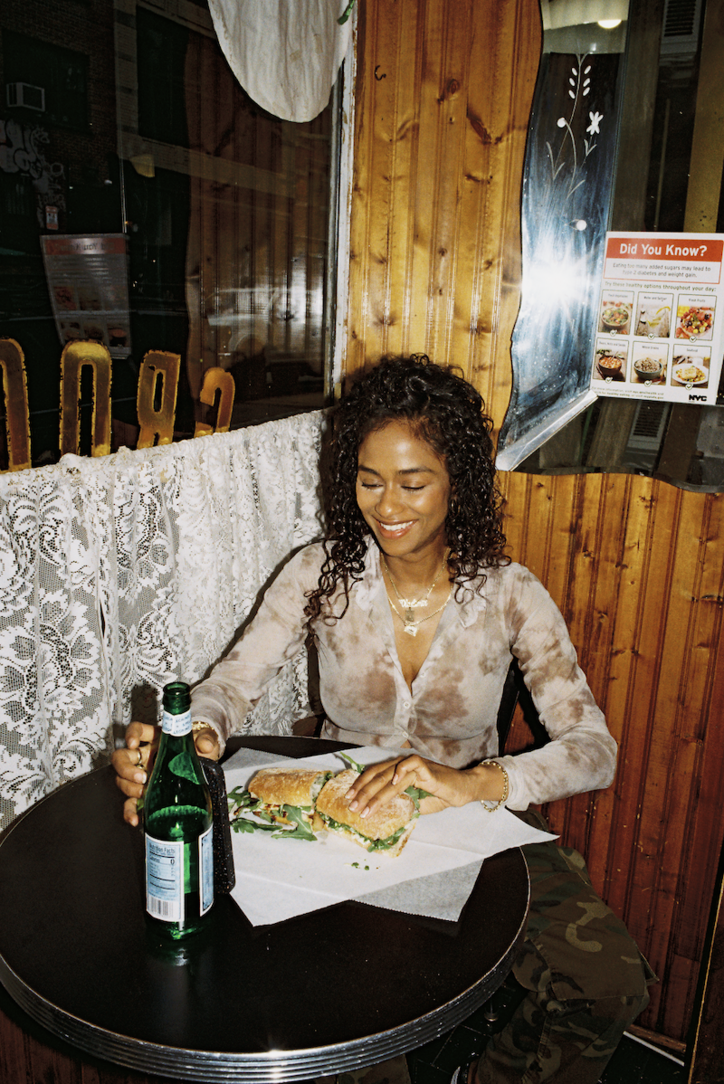
You’re so well known on the Lower East Side. How did this collaboration come to be?
Vashtie— I’ve known Roman for probably 20 years. We’ve come up together in many different ways, as well as a lot of our other friends who have businesses on this block. It’s really fascinating to think about because we used to be these dirtbag kids who didn’t have much money. We were trying to figure out our lives, our businesses, and now we’re establishing ourselves – which is really cool.
Why Regina's?
Vashtie— Roman is my friend. It’s an extension of him and his brand, his family, his culture, all of the things that are important to him – which I also support and think is really important. The landscape of New York is constantly evolving, and I think with all of these big businesses moving into these communities, it’s important to really support local businesses. These are businesses that really add culture to the city that we love. Corporations aren’t adding culture to the city, so to me it’s a representation of New York; the community, the culture, of why I moved here a hundred years ago. I hope that it continues to thrive, which I know it will.
What ingredients of The Vash stand out most to you and why did you choose them?
Vashtie— Firstly, it’s vegan mozzarella, which is important because I’m vegan. It’s essentially the first vegan sandwich at Regina’s. I’ve been vegan for a very long time, so it was important for me to find the right ingredients that would be delicious, but also fit in with the DNA of Regina’s. Another ingredient that’s imperative is the olive tapenade. I’m obsessed with olives. Any kind of olive out there is my thing. There’s also a chickpea mayo. I feel like for me, chickpeas are a main ingredient in a lot of dishes I eat, so it came together quite naturally.
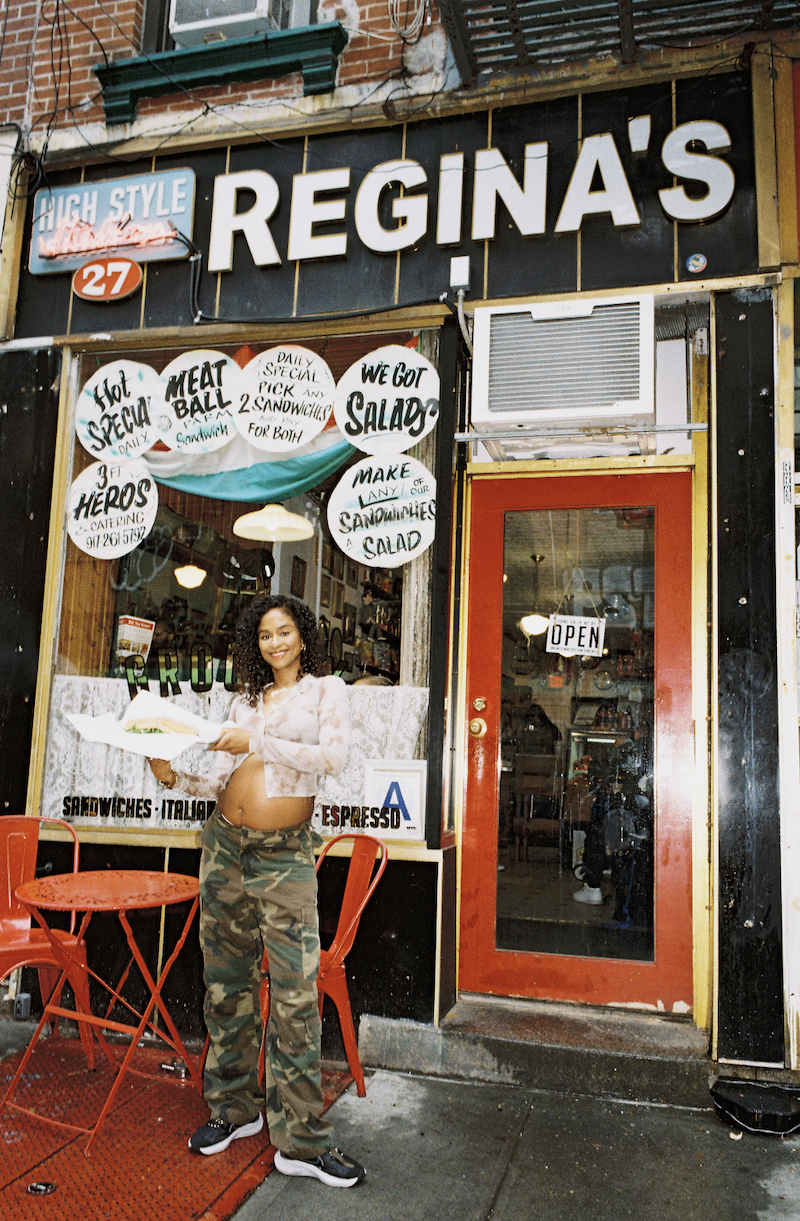
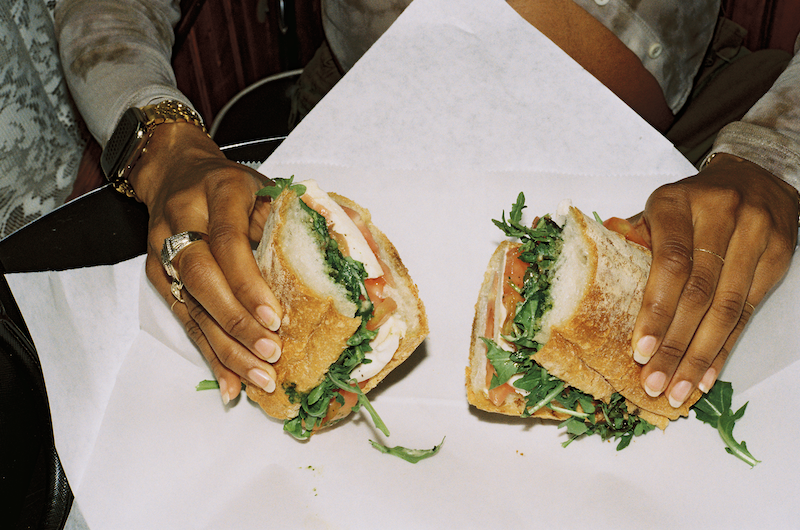
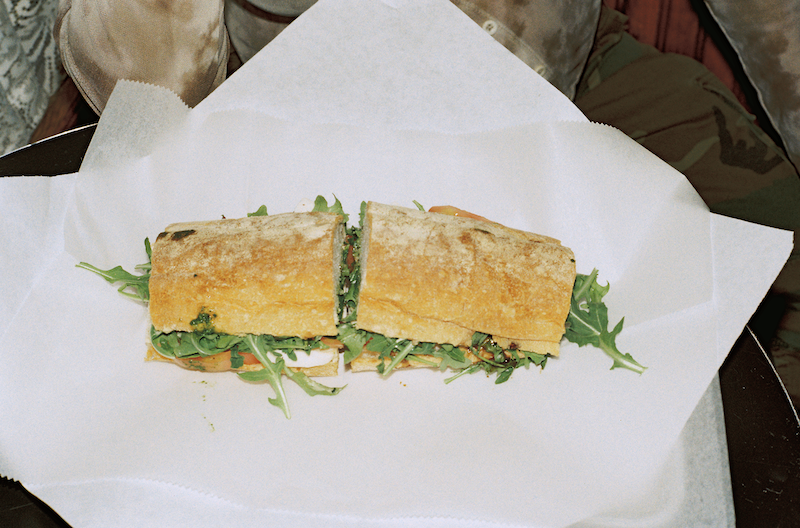
Are the ingredients related to your pregnancy cravings as well?
Vashtie— I have been craving Italian sandwiches specifically.
Roman, when Vashtie gave you the ingredients, what was your thought process?
RG— Vash knows what she likes and she’s been to the store before… Her specification was that it had to be vegan so that was easy because chickpeas are in a ton of Italian recipes and it’s something that we know. You pinpoint little things that make sense for you and try to add them in then figure out what's potentially missing and go from there.
Have you made a vegan sandwich before?
RG— We thought about it and never fully did it. Vegan was something that was super interesting to us because it just wasn’t something in our life growing up — you put cheese or some kind of dairy on something first thing in the morning.
Is Regina’s a generational business?
RG— No, starting this was more of a testament to myself. I wanted to be in my food my entire life, but culinary school was crazy expensive so I thought that if I could do it for somebody else, maybe I could do it for myself. The idea was originally supposed to be called Mama’s Boy – like a corny Subway kind of thing. My mom harbored me and all of my friends. There are so many elements to the name Regina that just fit what we were; a bunch of rough knucklehead kids and it made us a little bit more delicate. My mother is a beautiful part of all of our lives.
What does collaboration mean to both of you?
RG— I come from a collaboration world. I feel like it’s a world I’m most comfortable in and I’m going to continue to do them. If you can tie things in to make them fun and authentic collabs, I think it’s what keeps us going. Otherwise, I’m another two-pound sandwich that no one really cares about. We have a younger approach to it all – even the vegan sandwich is a younger approach. You go to Parisi and ask what vegan is, they have no idea.
Vashtie— Collaboration has always meant an extension of self. You’re extending yourself with another entity. For me it’s very intimate. Not only is it your time and energy, it’s also your likeness, your name, and all of those things that are involved in representing who you are. I feel like when choosing, it’s important for me to find things that are authentic, represent me, and feel good.
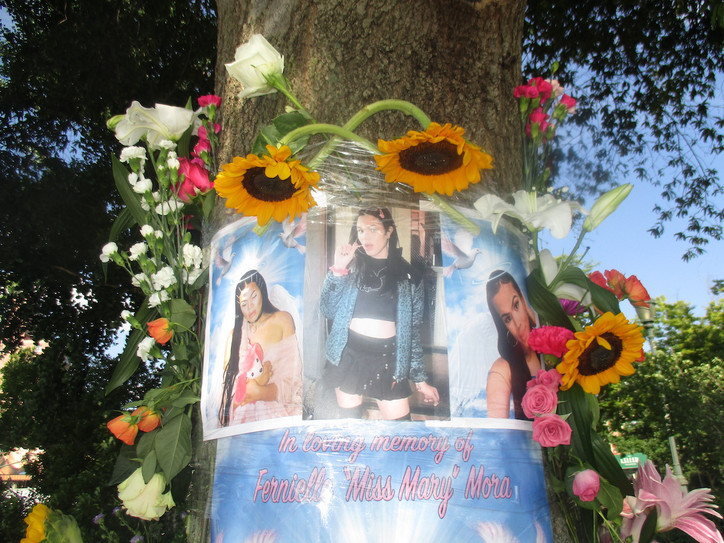
Prior to the discovery, she and many of her loved ones contacted police about threats to her safety — all of this following a whirlwind of bans on gender-affirming care, sixteen of which were enacted this year.
Upon finding Mora’s body, the NYPD placed a police seal on the apartment to enable a proper investigation. However, Thomas Geberth of the 46th precinct, the detective assigned to the case, went on vacation the following day, postponing the search and leaving the evidence in record heat for over two weeks. Mary lived in housing provided by Urban Pathways, an organization that aims to make housing more accessible for those at-risk and in-need. In spite of this, the organization contacted Mary’s family demanding the furniture and apartment be given back immediately shortly after the discovery, disavowing the police seal meant to preserve crucial evidence.
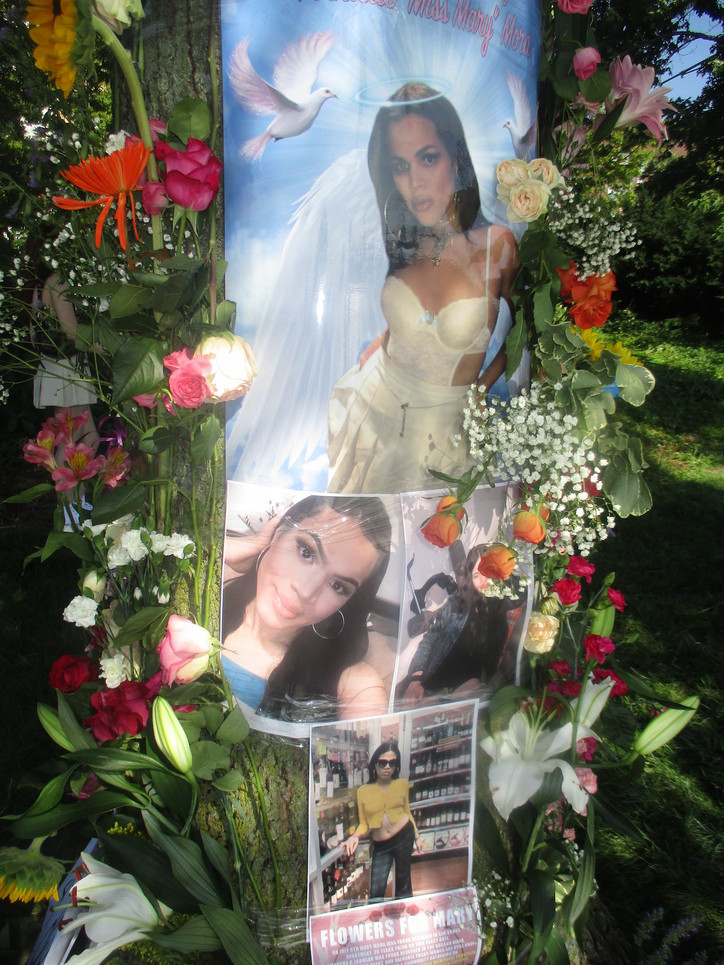
The weekend of the memorial, Urban Pathways broke the police seal and erased any and all evidence that would have enabled a reopening of the case. Mary’s loved ones refuse to let names like hers fade into the background. Pauli Cakes, a community organizer and dear sister to Mary, as part of her chosen family, shared a few words to shine a light on the essence of who Mary was and the many dreams she had before she was put to rest:
“Our fallen angel Fernielle “Miss Mary” Mora also known as Mary and Fernie to close friends, was a shining star and beloved community member who tragically passed away in the beginning of July. Mary was born in the Dominican Republic and grew up in the West Bronx. She attended Harvey Milk High School in the Village, and was loved deeply by her friends and family. She was always known to be an unapologetic life force and an intuitive light with an infectious smile and laughter. Mary loved art, astrology, crystallography, fashion, nightlife and tarot. Mary was gifted with the ability to read tarot cards and channel clairvoyant messages from other realms.
She's always been an angel amongst us.
In 2014, Mary started going out and became a familiar face in the queer nightlife circuit in Brooklyn and Manhattan. Despite the adversities that Mary faced, she always strived to help others. Before her passing Mary had plans to go back to school to find work in an anti-sex trafficking agency and to become an advocate for LGBT youth. She had disclosed to loved ones that she was looking forward to continuing her transition and to a bright future ahead of her. Mary’s story is important and we must continue to shout her name, keeping her memory alive as we fight for her justice. Mary had just turned 26 at the time of her passing; the average life expectancy for trans people in the USA is 35 years old. We ask for friends and loved ones to please continue to amplify Mary's name and story.
We’re also still collecting funds for her family and memorial so please circulate and donate to the GoFundMe. Peace and love in the name of Mary #MissMaryMora”
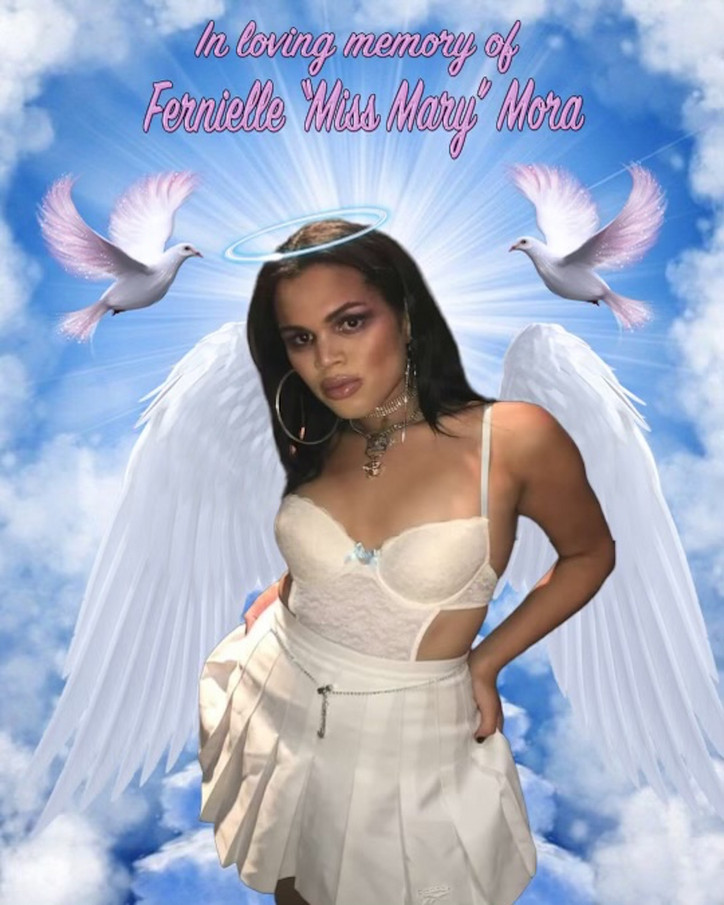
At the rally, organizers from STARR and F2L and Mary’s friends and family compiled a list of demands on how to proceed forward in protecting the lives of those in the vulnerable trans and queer community. The demands are as follows:
- The City of New York and Mayor Eric Adams must establish a TLGBQ+ committee of dedicated workers trained in TLGBQ+ healthcare and wellbeing — “by Us, and for Us” — as well as a Trans specific SVU task force trained in protecting victims of trafficking and domestic violence.
- Urban Pathways must make a statement of breaking the police seal and entering a crime scene before an investigation is initiated, which is both disrespectful to the grieving community and as negligent as the NYPD postponing the investigation on what was a sensitive case.
- The tree next to Marsha P. Johnson’s fountain, at which the memorial was held, to be named after Mary Mora and an additional monument that highlights Marsha’s fountain to be put in place. As it stands, Johnson’s fountain has no plaque, making it difficult to find.
In conclusion, what we as Mary’s community ask is that a higher regard is given to Trans, Queer Black and Brown lives — the list is not hierarchical. As we grieve Mora’s passing, we are met with the loss of another brother in the public eye, O’Shae Sibley. The most radical act for Queer, Trans, Black, and Brown folk is to live long, unapologetic lives. This is a moment in time that we will get through, but it is not one that we will forget. When trans people are under attack, what do we do? STAND UP. FIGHT BACK.